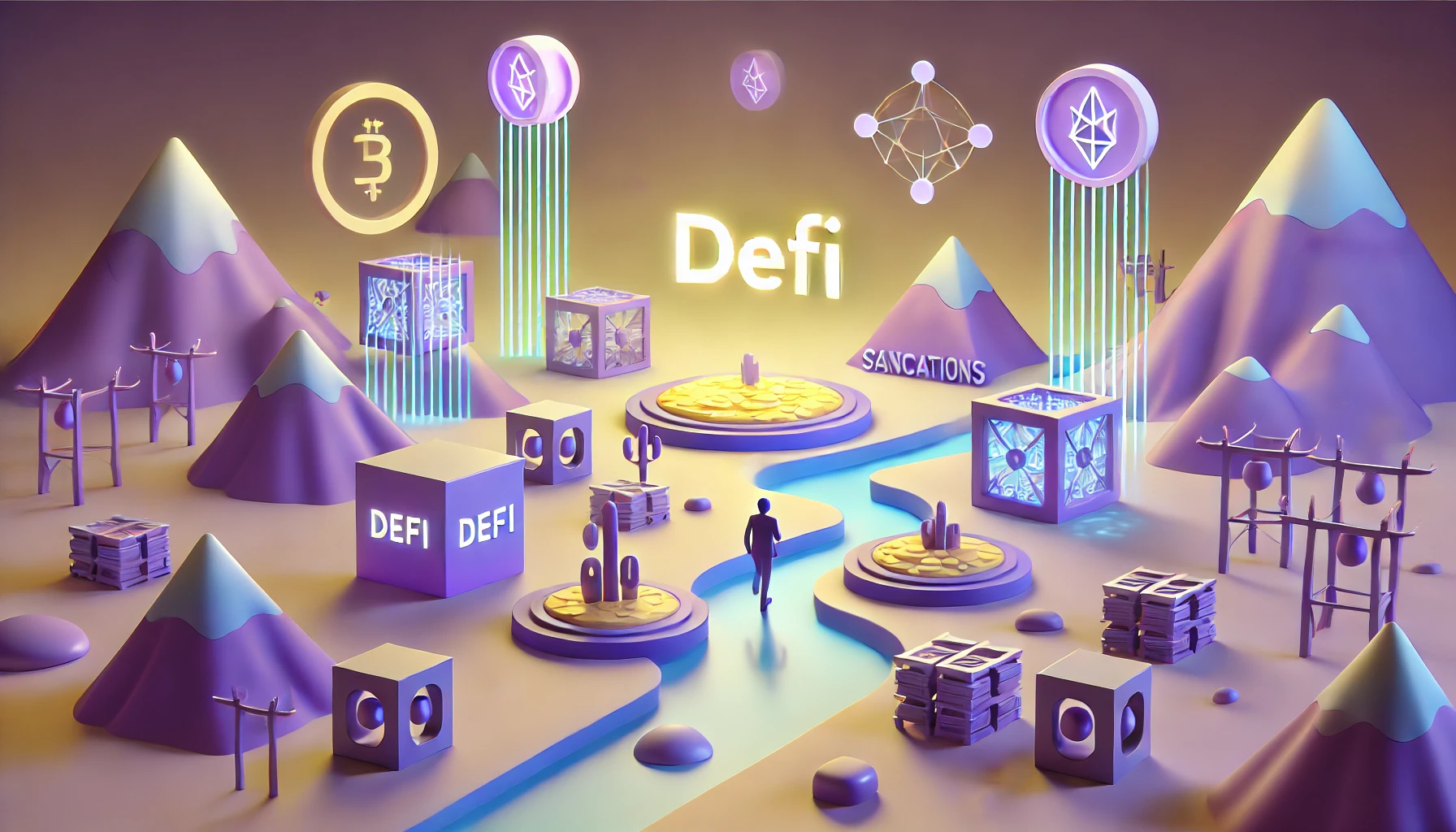CeDeFi is a relatively new and ambitious financial model. There was previously a clear distinction between Centralized Finance (CeFi) and Decentralized Finance (DeFi). But now, both CeFi and DeFi are merged into one hybrid system: CeDeFi.
What does CeDeFi stand for?
CeDeFi stands for Centralized Decentralized Finance. It merges CeFi (Centralized Finance) and DeFi (Decentralized Finance). The term “CeDeFi” was pioneered in September 2020 by Changpeng Zhao, former CEO and co-founder of Binance.
CeFi: What is it?
CeFi or Centralized Finance can be defined as a financial system controlled by trusted centralized authorities. These authorities are in charge of regulating and controlling transactions, services, and assets (such as cryptocurrencies). Some of the most popular exchange CeFi platforms are Binance and Coinbase. CeFi is trusted because of its reputation, there is regulation, and less risks. There is, nonetheless, a lack of transparency, higher transaction costs, and more restrictions.
DeFi: What is it?
DeFi or Decentralized Finance, on the other hand, can be defined as a financial system where centralized authorities are replaced by decentralized networks, using blockchain technology with smart contract protocols. There is no intermediary, which means lower transaction costs. Unlike CeFi, DeFi is more transparent and accessible: anyone with access to the internet can use DeFi services. DeFi markets are also open twenty-four hours a day, seven days a week. However, DeFi is more volatile, there is less regulation, and there are more risks (but more gains in return).
What makes CeDeFi an interesting and promising model?
CeDeFi combines features from both CeFi and DeFi: traditional financial systems’ strengths and the blockchain technology’s innovations. Because of its hybrid nature, CeDeFi offers an interesting and promising model with several benefits.
Some CeDeFi advantages:
- Binance (the world’s largest cryptocurrency exchange) is behind the funding of protocols
- There are no intermediaries
- Reduced costs (as there are no intermediaries)
- Accessible for less experienced users
- Faster transactions
- More flexible
- And much more…
CeDeFi’s drawbacks
Centralized Decentralized Finance is still a relatively new system. For this reason, its success remains unsure, despite it being promising on paper. It is, in addition, subject to various scams due to the lack of regulation (DeFi’s aspect) and to attacks because of centralization (CeFi’s aspect).
Conclusion
To conclude, by combining CeFi and DeFi, CeDeFi aims to make the most of both systems with minimal weaknesses. It is an ambitious and promising project in the fast-paced world of cryptocurrencies and finance.. Nevertheless, users must be prudent as CeDeFi is still new and presents some downsides: zero risk doesn’t exist.














